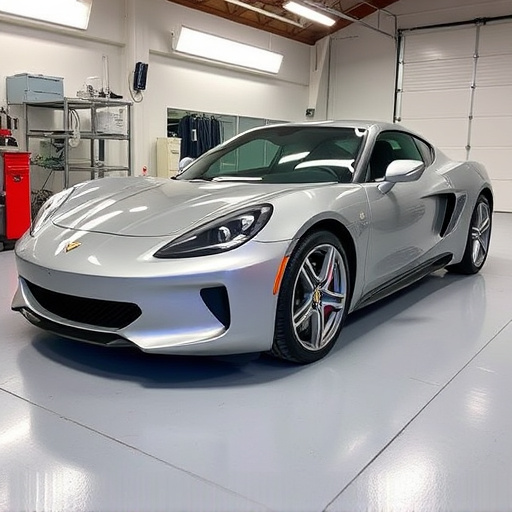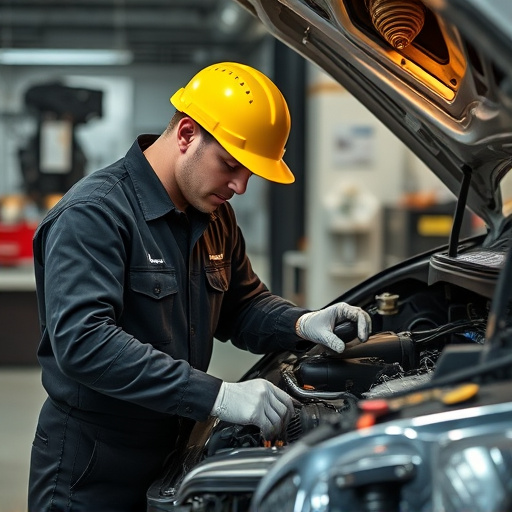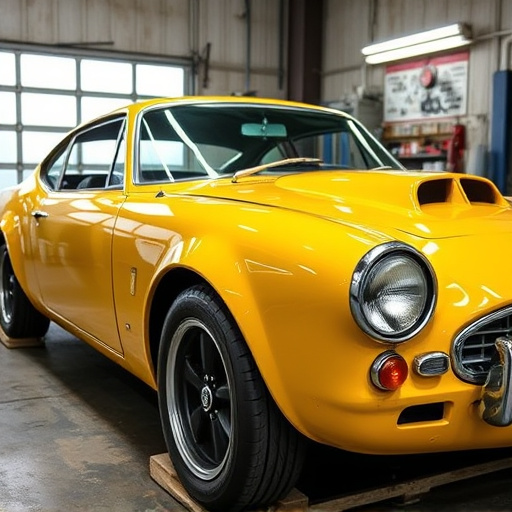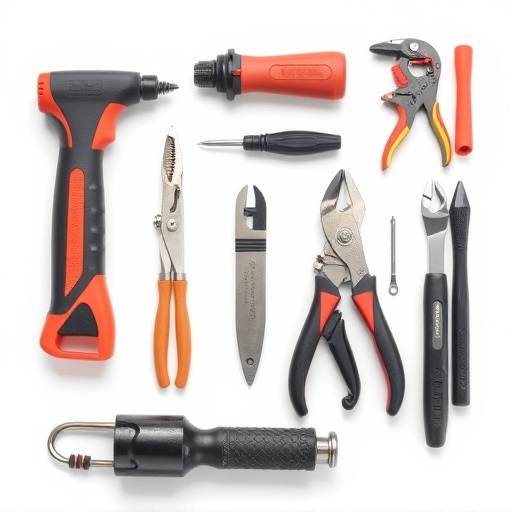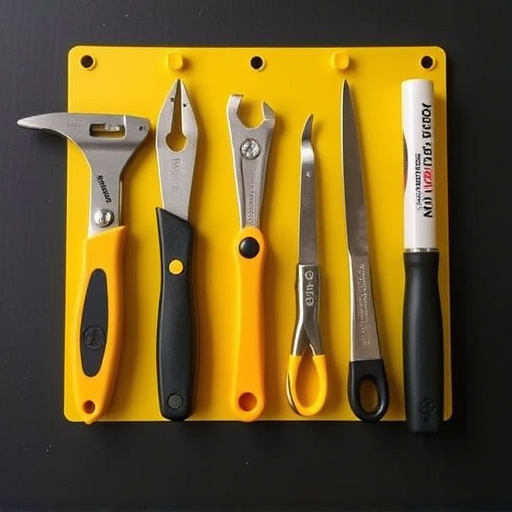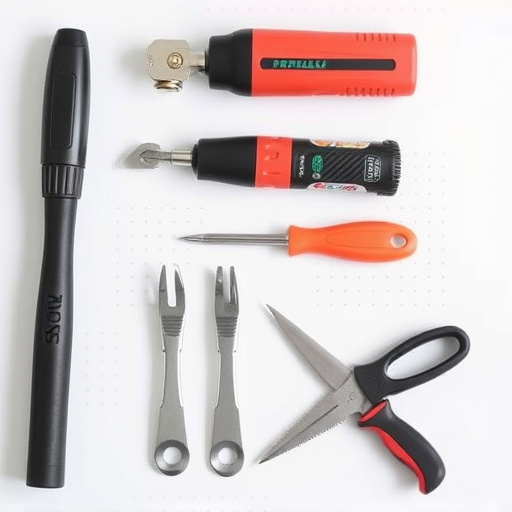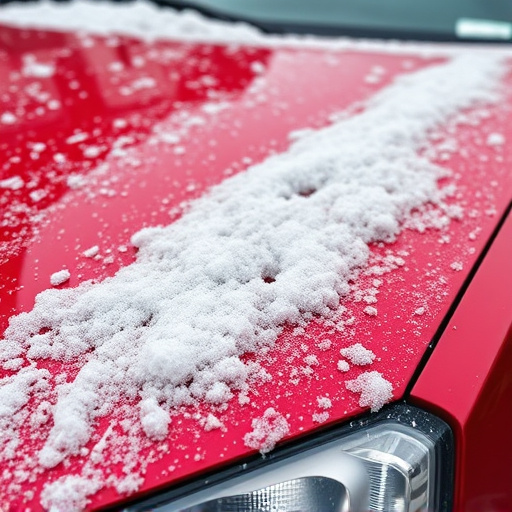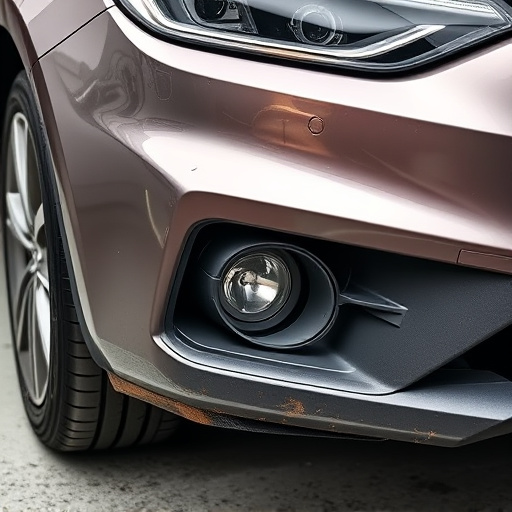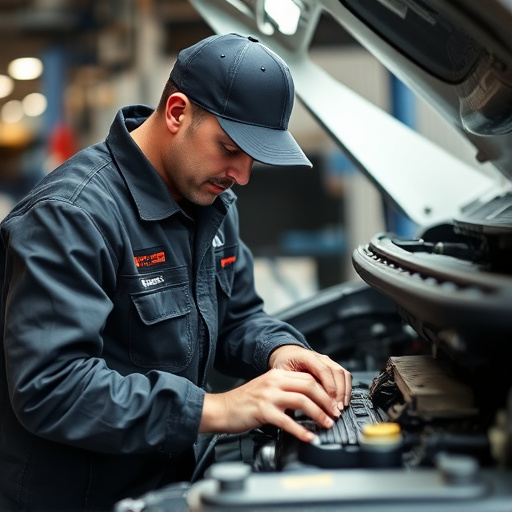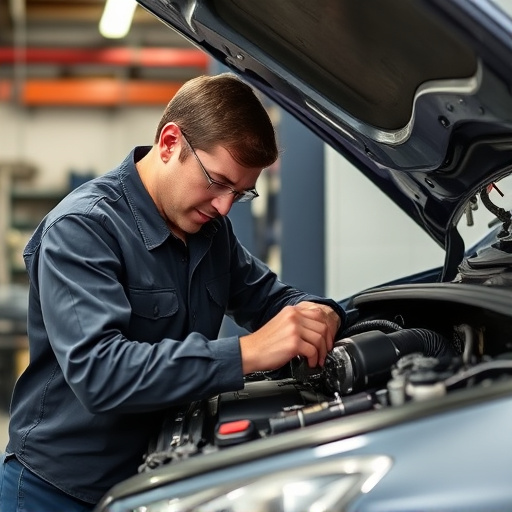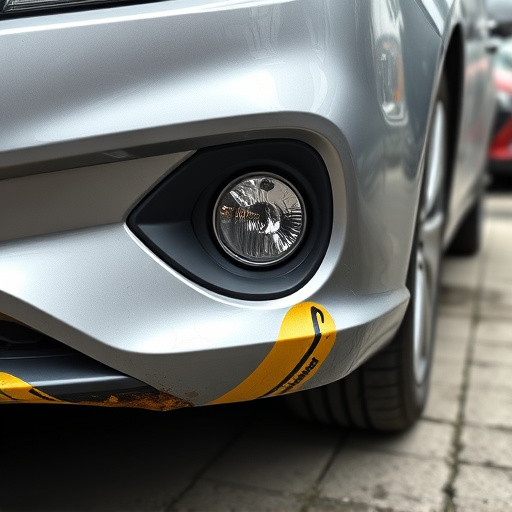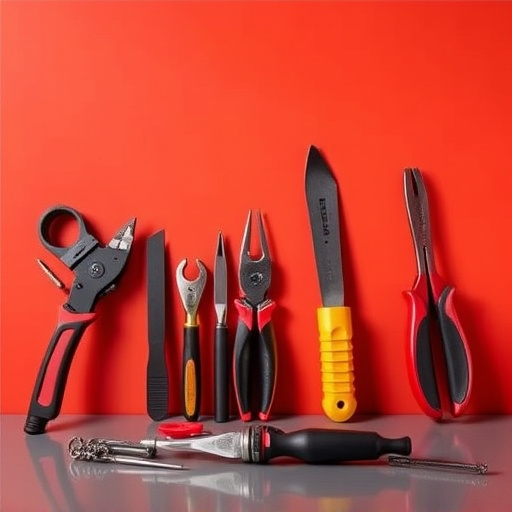Modern window tinting after replacement offers diverse options from basic privacy to advanced dynamic tints. Specialized services focus on cleaning, repair, and durable tint films for UV protection. Optimal adhesion achieved through meticulous preparation, precise cutting, and integration with framing. Testing ensures integrity, consistency, and tailoring tint darkness based on usage, climate, and preferences. Professionals use specialized tools for seamless integration with collision repair jobs, balancing aesthetics, privacy, functionality, and blocking harmful UV rays.
After replacing your windows, proper tinting enhances aesthetics, energy efficiency, and privacy. This guide explores key elements to ensure optimal results. First, understand your window tinting options, from traditional film to dynamic glass. Next, learn how to achieve maximum adhesion and durability for a long-lasting effect. Finally, discover techniques for testing and customizing your tinting for maximum effectiveness, balancing light control, heat reduction, and style.
- Understanding Your Window Tinting Options
- Ensuring Optimal Adhesion and Durability
- Testing and Customizing for Maximum Effectiveness
Understanding Your Window Tinting Options
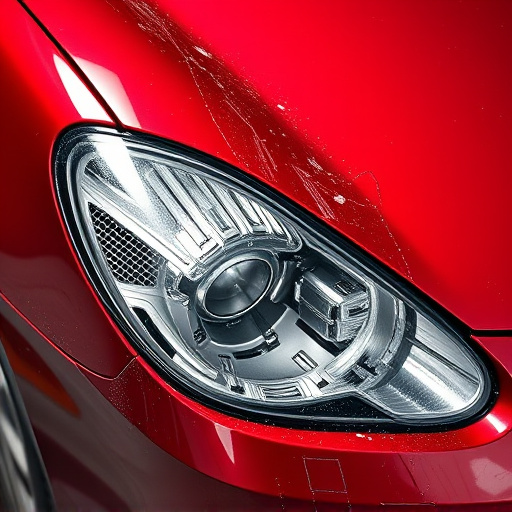
When considering window tinting after a replacement, understanding your options is key. Modern window tinting technologies offer a range of choices tailored to various needs and preferences. From basic privacy tints that reduce glare and protect against UV rays, to more advanced options like dynamic tints that adapt to changing light conditions, there’s a solution for everyone.
The market also features specialized services focusing on scratch repair, auto repair, and even car dent repair, ensuring your tinted windows not only look great but are also protected from wear and tear. These services leverage advanced techniques and materials to restore clarity and protect the tinting job, extending its lifespan. When choosing a window tinting option after replacement, it’s essential to consider both aesthetics and durability for long-lasting results.
Ensuring Optimal Adhesion and Durability
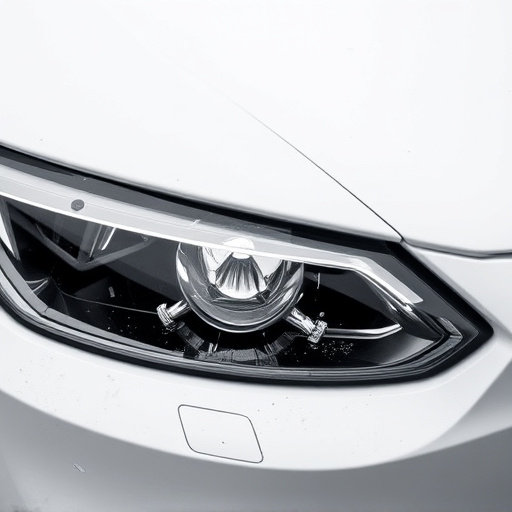
After replacing windows, achieving optimal adhesion and durability with tinting is paramount. The process begins with thorough cleaning and preparation of the glass surface to remove any contaminants or residues that could hinder adhesion. This includes using specialized cleaners and de-greasers to ensure a pristine finish. Once the window is ready, applying the right type of tint film tailored for automotive use becomes crucial. These films are designed to withstand UV exposure, extreme temperatures, and daily wear and tear, ensuring longevity.
Proper application techniques further enhance adhesion and durability. This involves precise cutting and fitting of the tint film to seamlessly blend with the window’s contours, without bubbles or wrinkles. The expertise of a professional auto body shop is invaluable here, as they employ specialized equipment and techniques for precise installation, guaranteeing a secure bond that prevents peeling or cracking over time. In addition, considerations like framing and trim integration are essential to maintain the aesthetic integrity of the vehicle, enhancing the overall effect of window tinting after replacement.
Testing and Customizing for Maximum Effectiveness
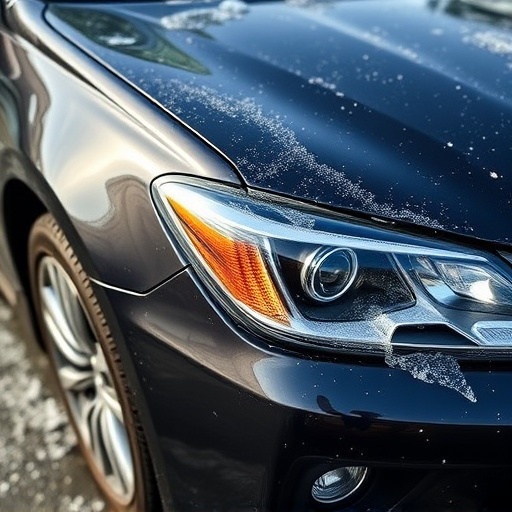
After replacing windows, testing and customizing tinting is crucial for achieving maximum effectiveness. It’s essential to ensure the tint not only enhances aesthetics but also serves its intended purpose, whether that’s blocking harmful UV rays or providing privacy. Start by checking the integrity of the installation; proper sealing and adherence are key to preventing bubbles, cracks, or dislodging. Use a light source to inspect for any gaps or inconsistencies.
Once satisfied with the initial install, it’s time to customize your tinting for optimal results. Consider factors like vehicle usage, climate, and personal preferences. For instance, if you live in a sunny region, a darker tint might be ideal for blocking heat and UV rays. Conversely, lighter tints offer better visibility during night driving. In a collision repair shop or auto body repair facility, professionals use specialized tools to fine-tune the tint’s darkness and cut it precisely to match the vehicle’s curves, ensuring both functionality and seamless integration with the car paint repair job.
Proper window tinting after a replacement is more than just aesthetics; it involves understanding your options, ensuring optimal adhesion for durability, and customizing for maximum effectiveness. By following these key elements, you not only enhance the look of your vehicle but also protect its interior from harmful UV rays. Remember, when done right, window tinting can be a game-changer in both style and functionality for your car.
